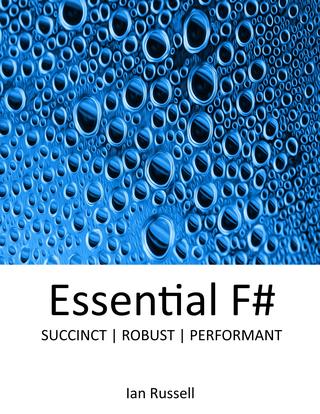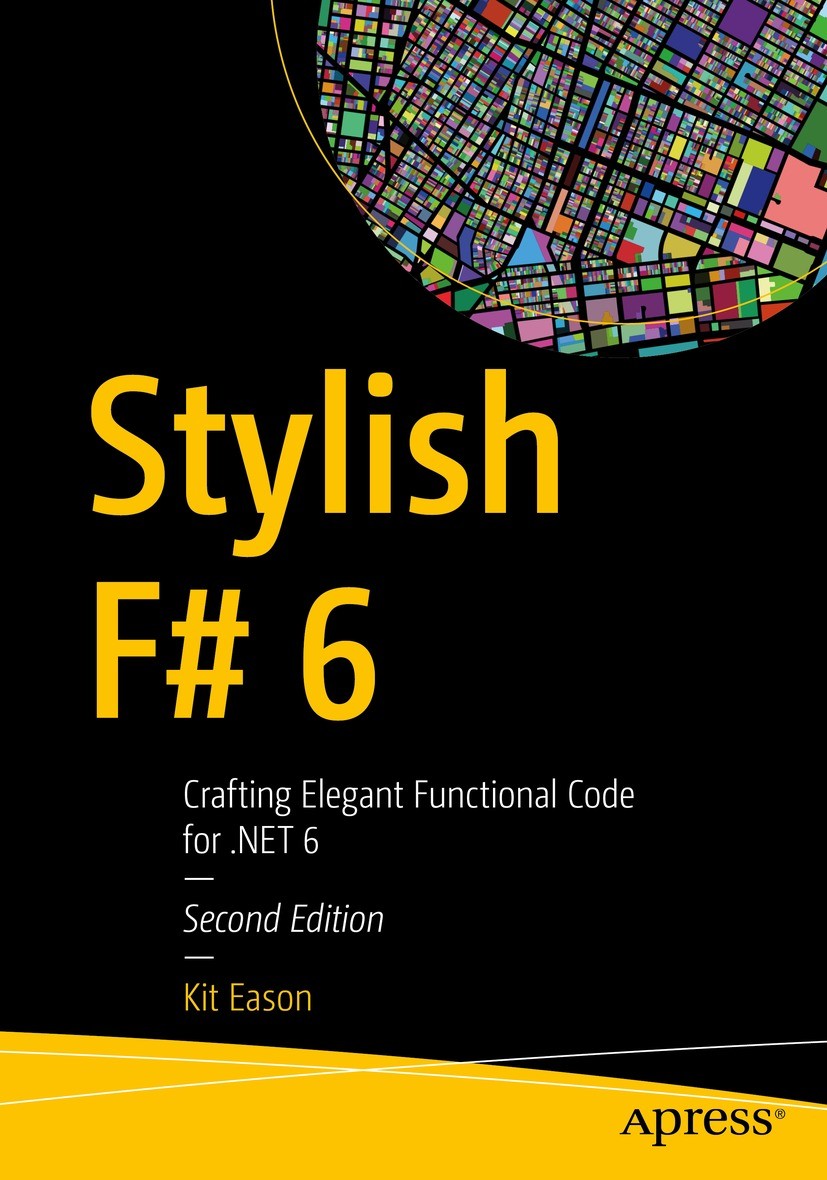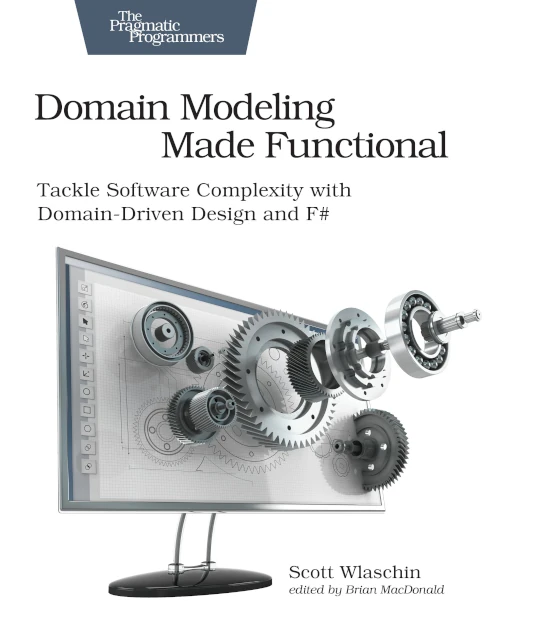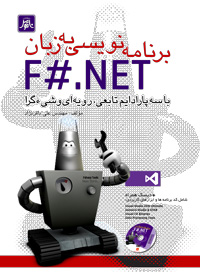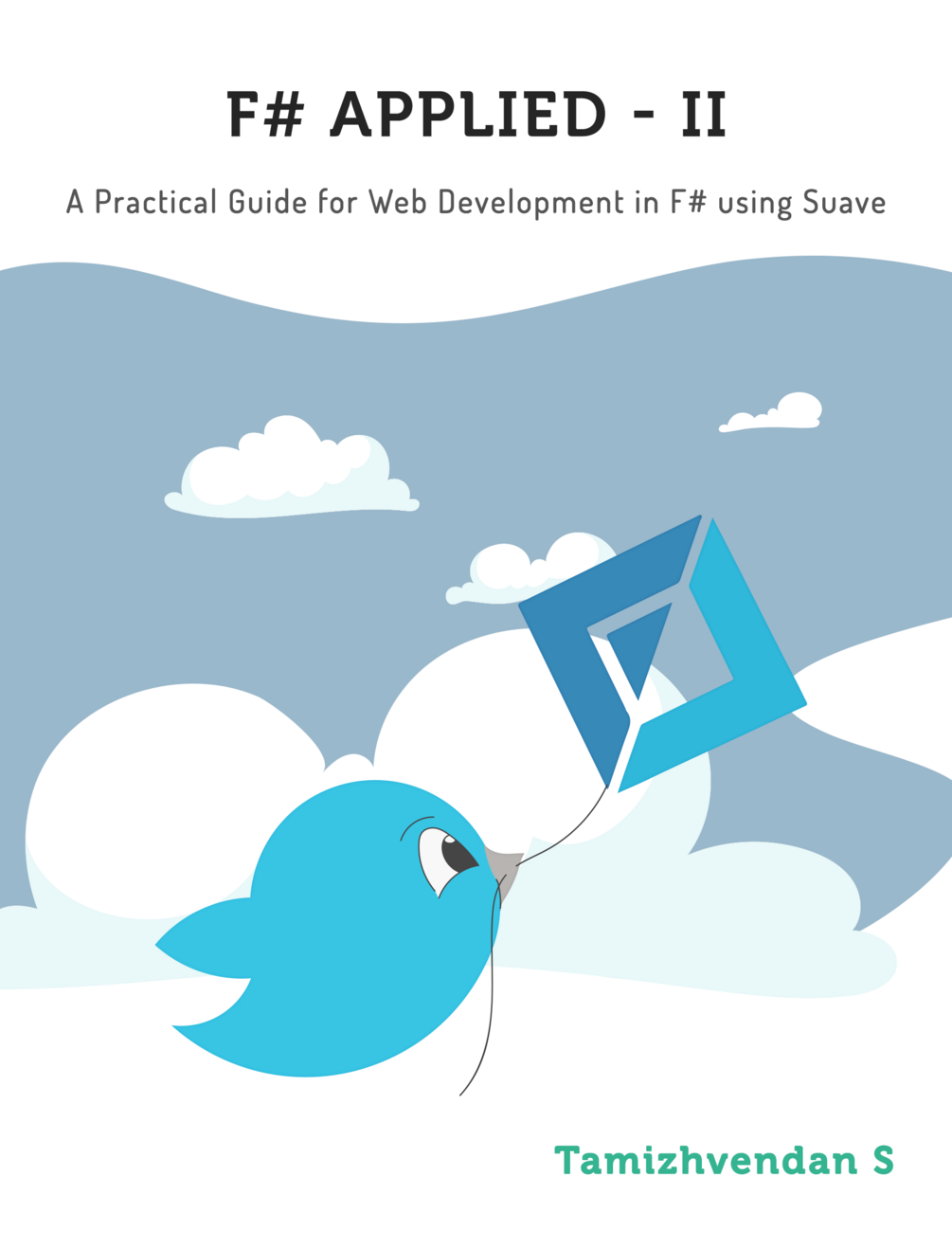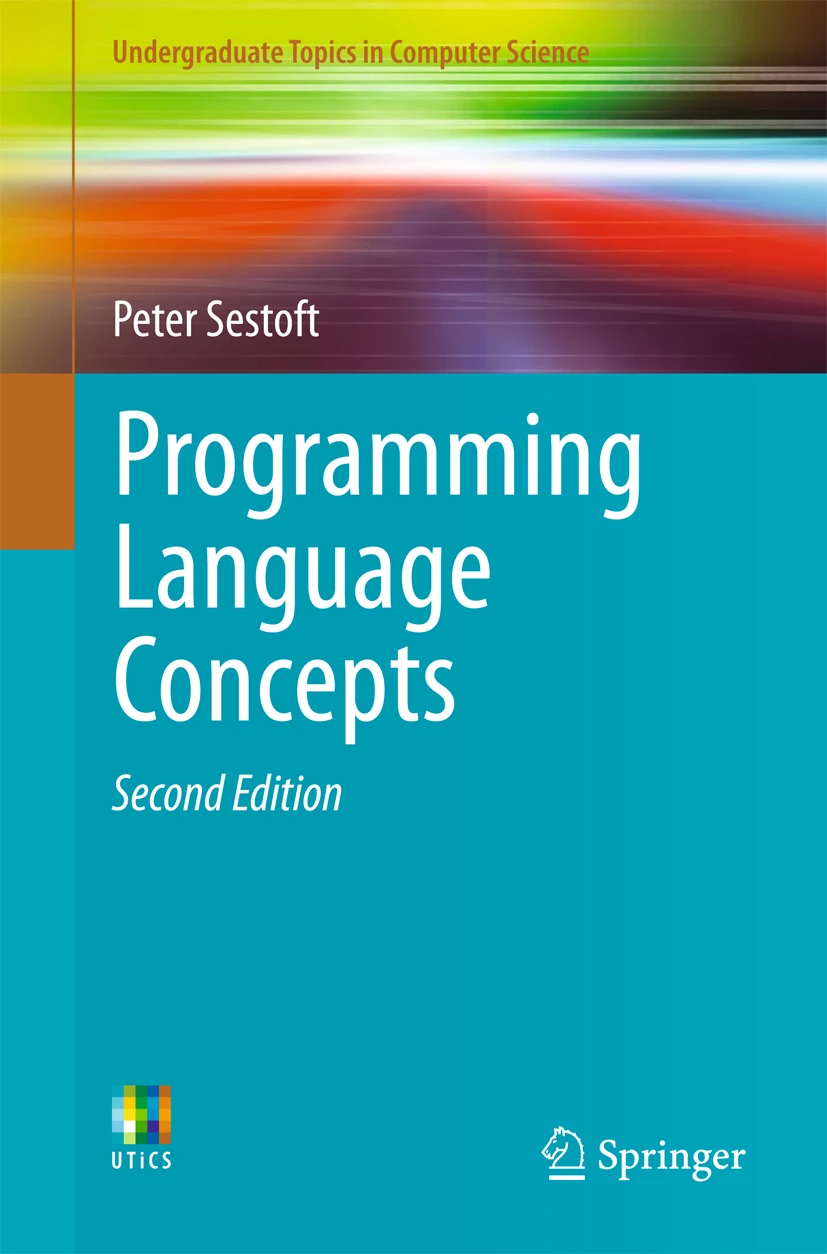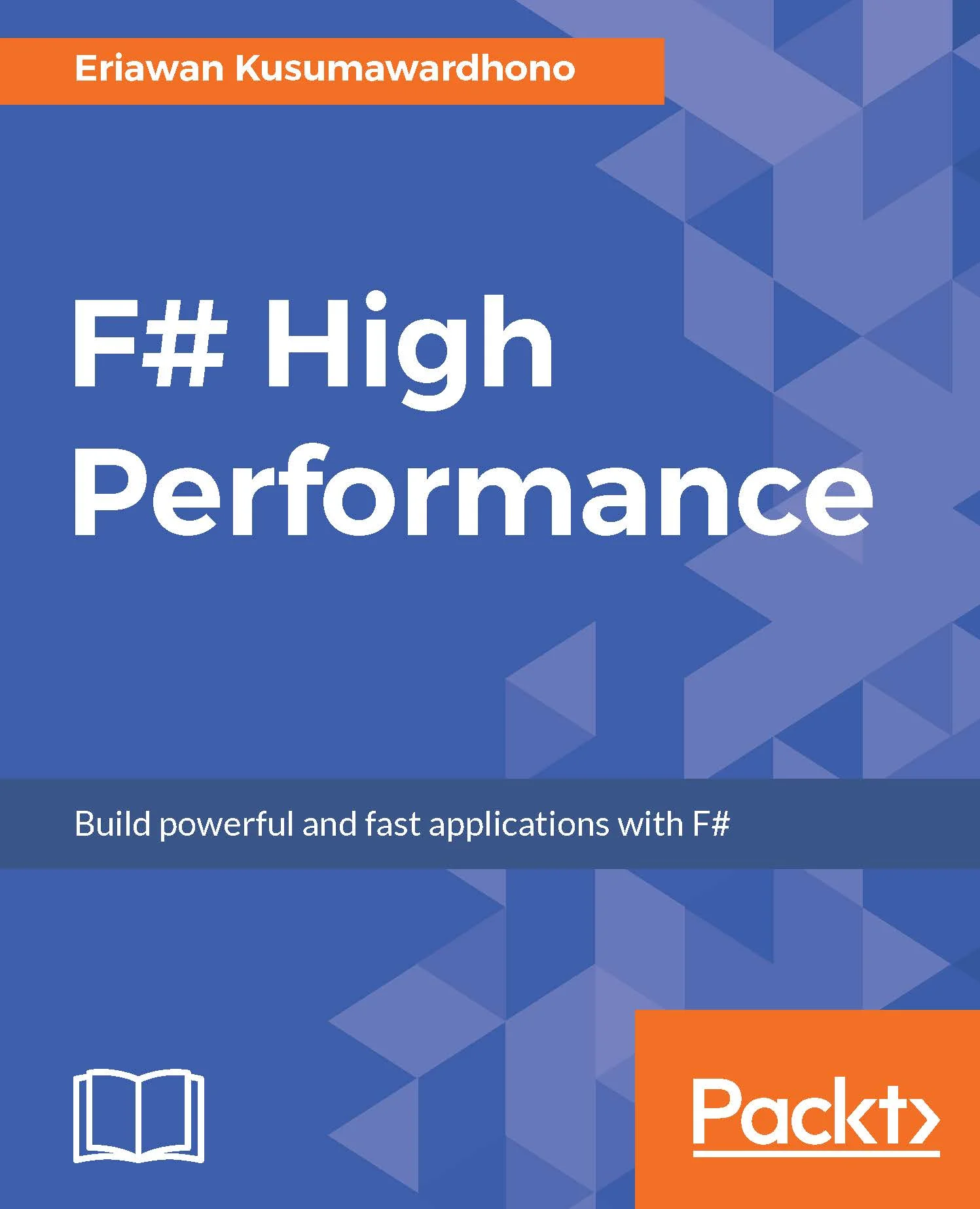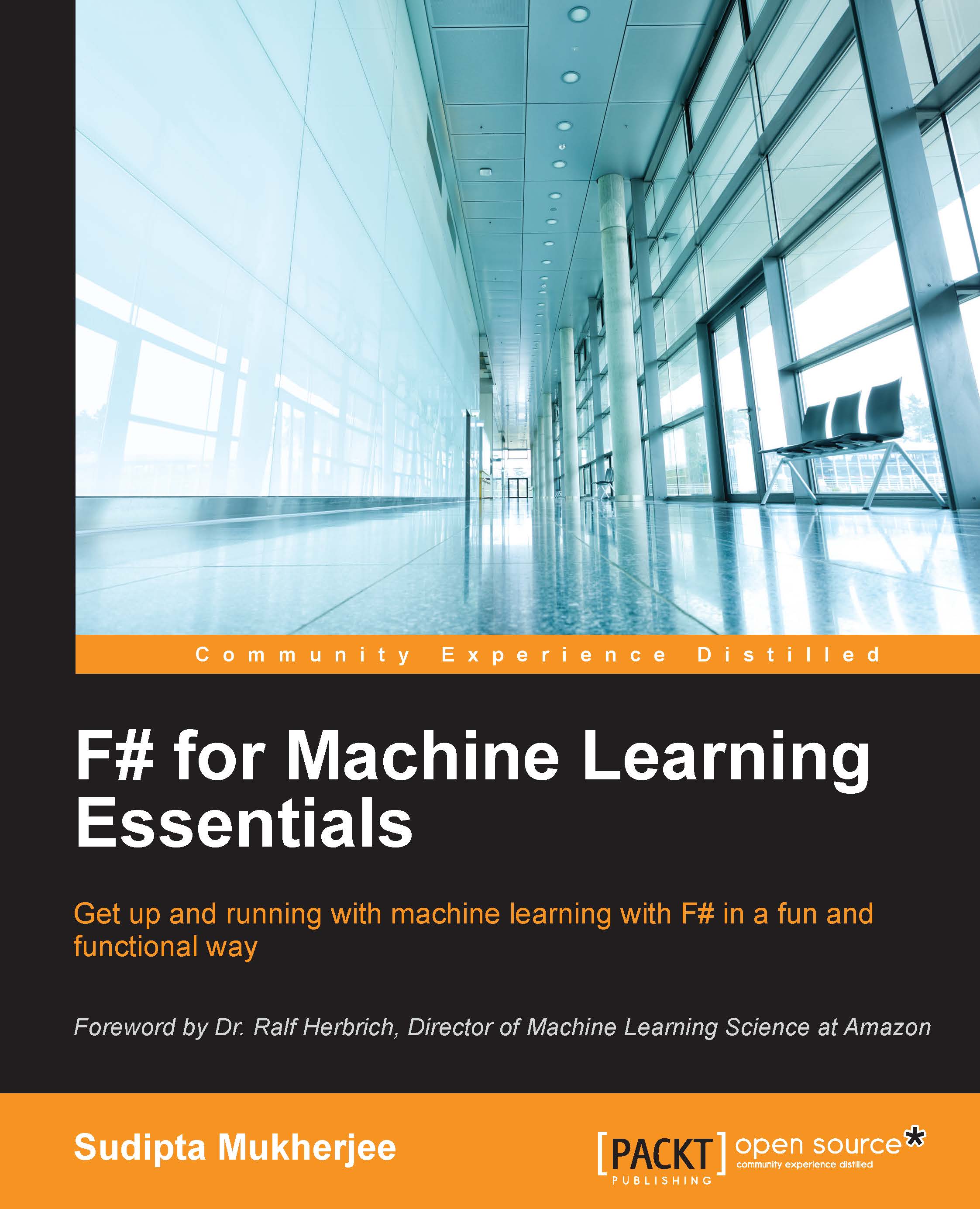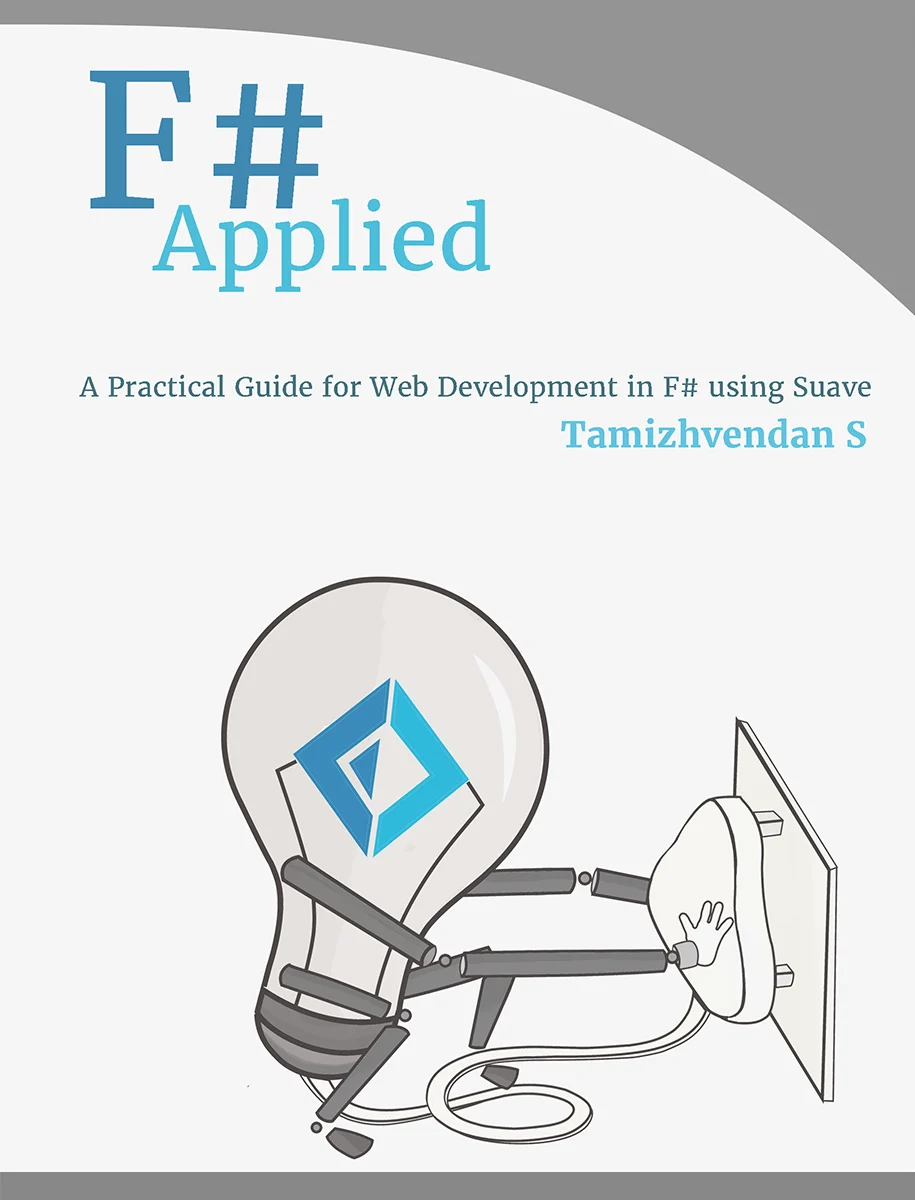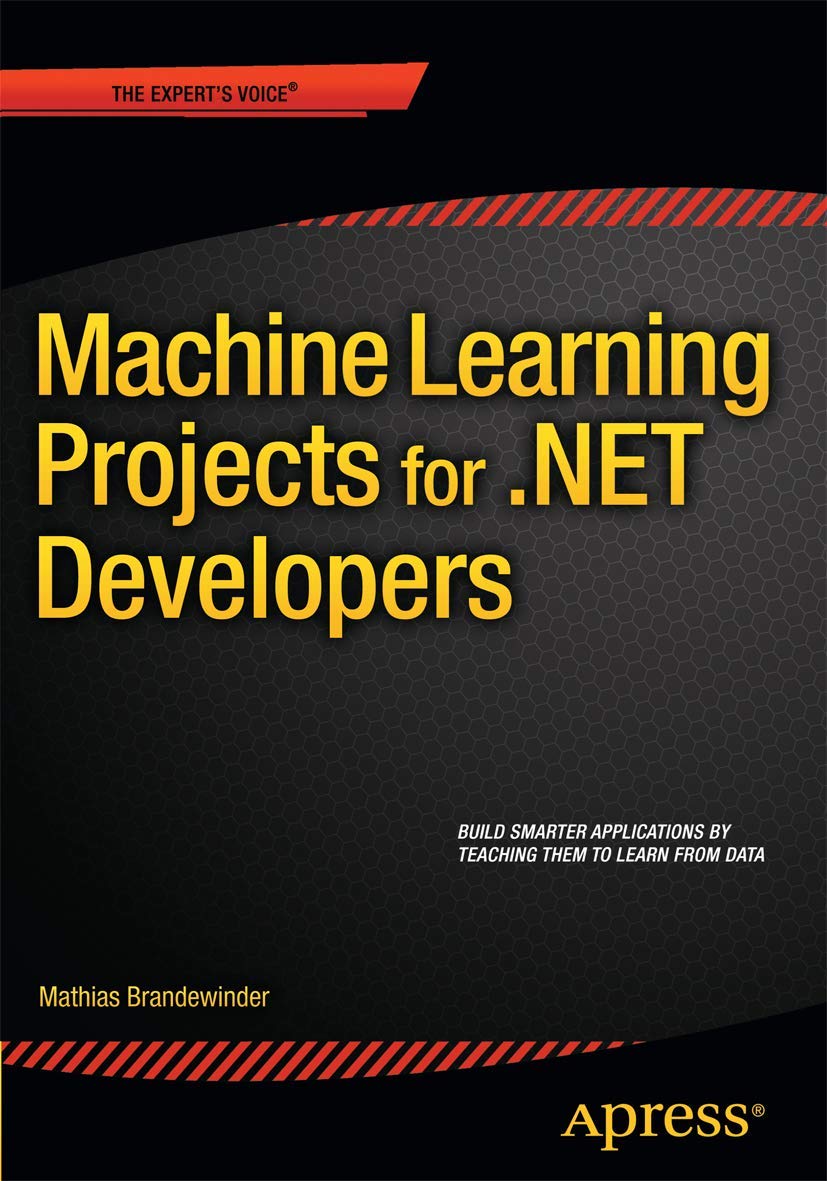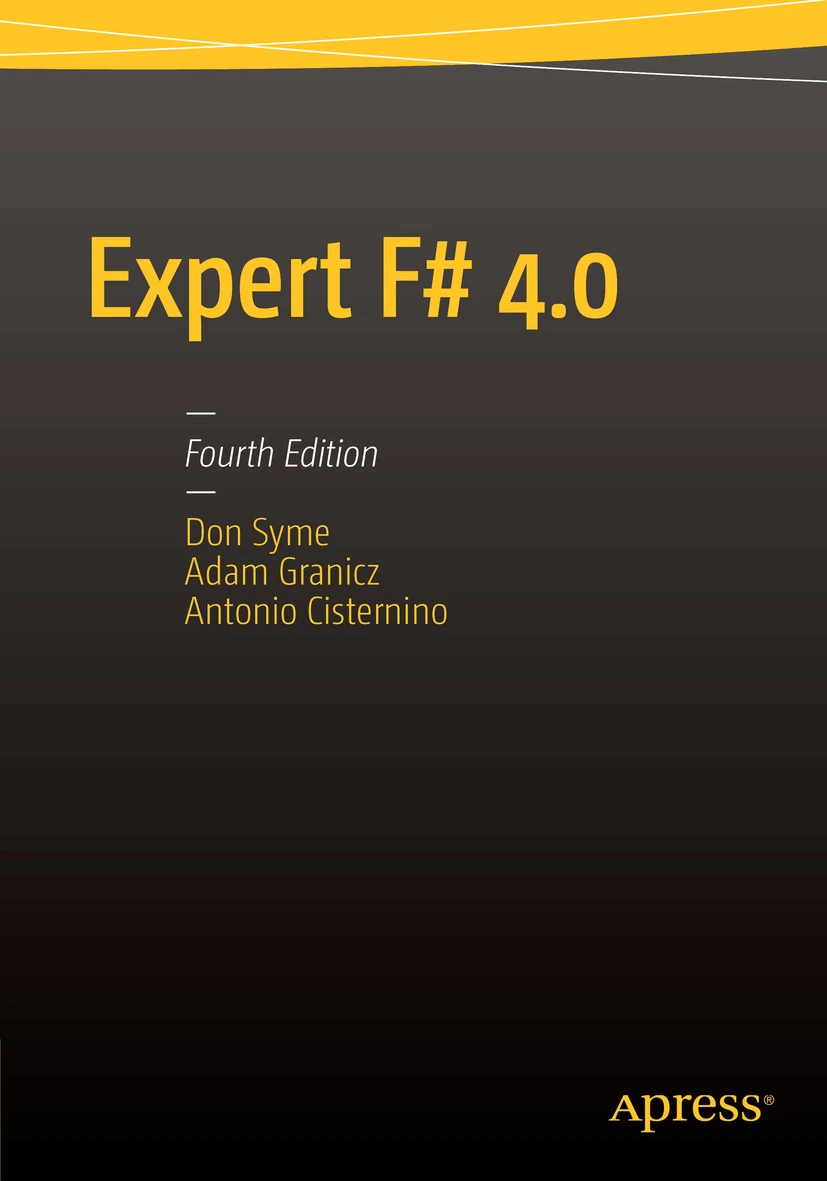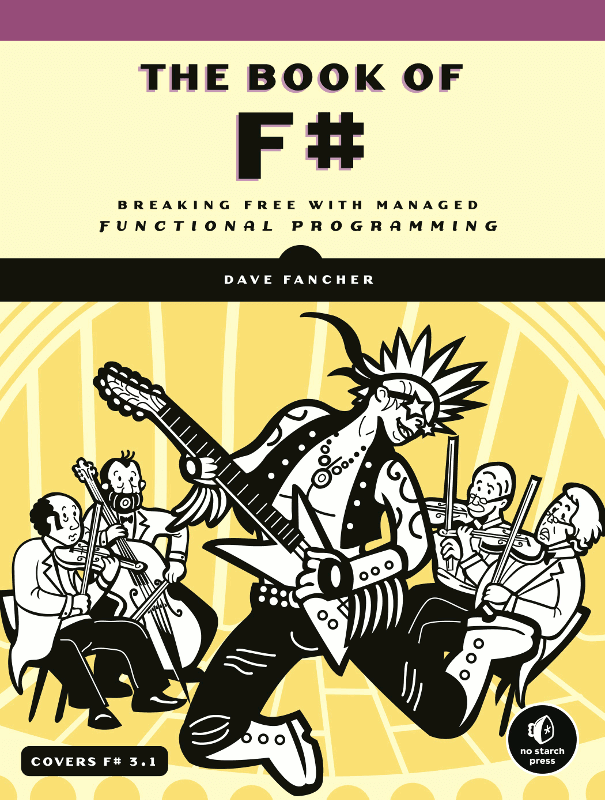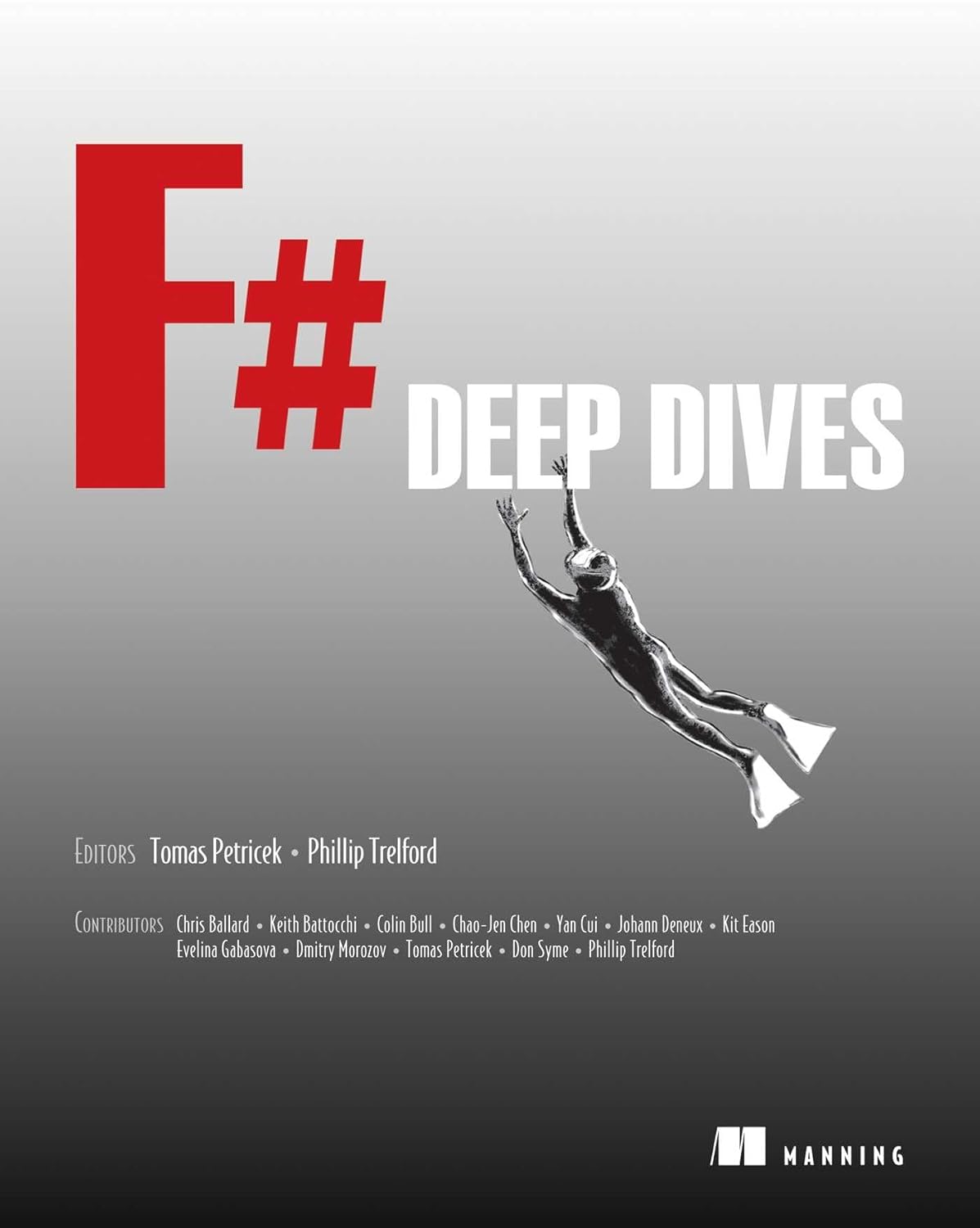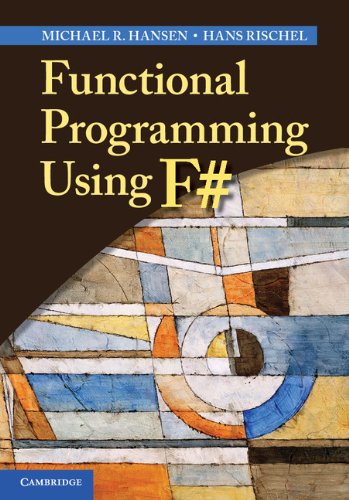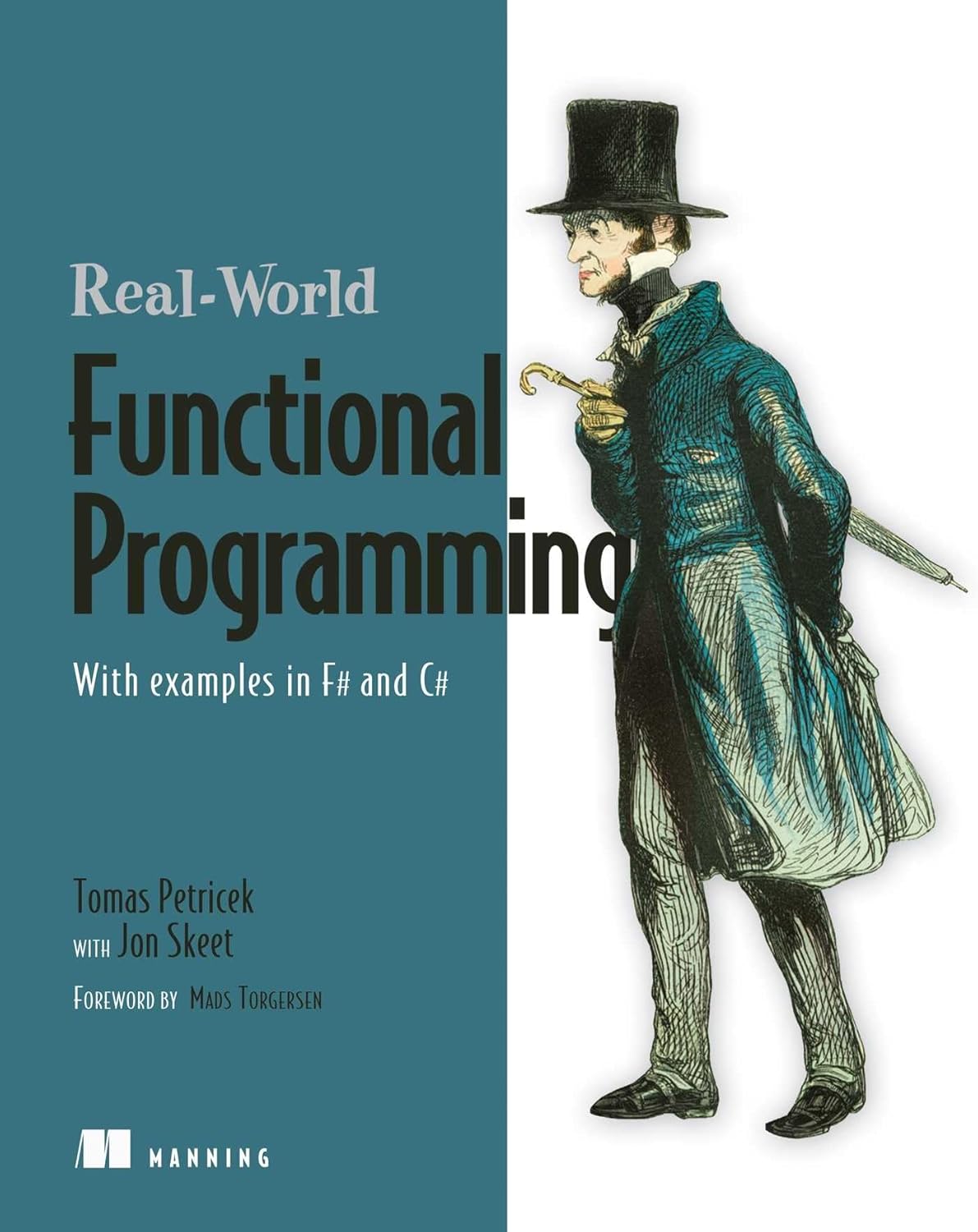
F# in Action
F# is engineered to make functional programming practical and accessible. This book will get you started writing your first simple, robust, and high performing functional code.
F# lets you keep your code simple even in the most complex applications—and it’s the perfect language for taking your first steps in functional programming. This practical, example-driven guide shows you how to build professional applications the F# way.
In F# in Action you will learn how to:
- Write performant and robust systems with succinct F# code
- Model domains quickly, easily and accurately with F#’s type system
- Design solutions using functional programming patterns
- Ingest and process disparate data sources
- Develop data-driven web applications
- Unit test F# code
- Effectively model data using a variety of techniques
- Use scripts to rapidly explore domains
F# in Action is based on author and Microsoft F# MVP Isaac Abraham’s years of experience working with developers as an F# consultant. It upgrades .NET development skills with the core principles of functional programming, and you’ll soon see how F#’s functional-first approach makes it easy to learn this powerful paradigm.
